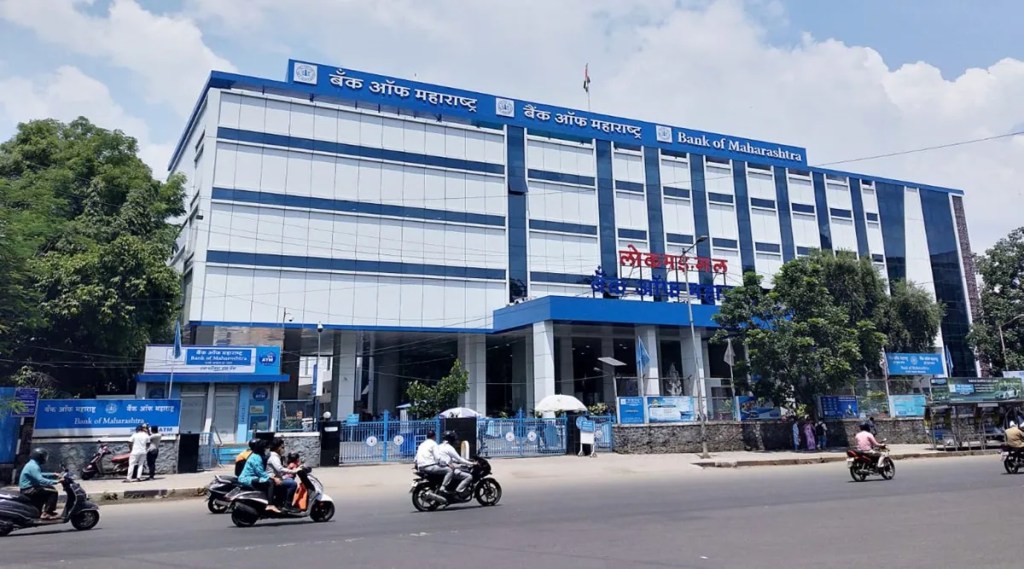State-owned Bank of Maharashtra (BoM) on Tuesday posted a 34% rise in its net profit to Rs 1,036 crore for the third quarter ended December 2023 due to an improvement in interest income and a decline in bad loans. The Pune-based lender had posted a net profit of Rs 775 crore in the year-ago period.
Despite higher provisioning, the profit grew because of higher net interest income (NII) and an improvement in the net interest margin to 3.95%. NII grew 24.56% YoY to Rs 2,466 crore.
AS Rajeev, managing director and CEO, said the bank achieved several milestones during the quarter, with the operating profit crossing the Rs 2,000-crore mark and the net profit growing to more than Rs 1,000 crore for the first time. The operating margin was also one of the best in the industry at 35% and the net margin improved to 18%, Rajeev said. The operating profit grew 27.32% to Rs 2,012 crore. Net revenue improved by 20.05% to Rs 2,620 crore.
The BoM MD expected the growth momentum to continue in the fourth quarter. Highlighting the improvement in the quality of assets, Rajiv said the bank’s gross non-performing assets (NPA) declined to 2.04% as of December 31, 2023, from 2.94% in the year-ago period. The Net NPA was down to 0.22% from 0.47%.
The bank has provided Rs 150 crore for probable distress in agri loans and another Rs 100 crore as per RBI’s new investment guidelines. The total additional provision for the nine months is now at Rs 775 crore. This provisions would either be used or it would go back to the P&L account.
The bank continues to hold COVID-19 provision as a contingency provision of Rs 1,200 crore as of the end of Q3. The provision coverage ratio improved to 98.40% as of December 31, 2023, against 97.18% as of December 31, 2022.
BoM’s total business grew 18.89% to Rs 4.34 trillion, with deposits going up by 17.89% to Rs 2.46 trillion and gross advances rising by 20.20% to Rs 1.89 trillion. The credit-to-deposit ratio improved to 76.78%.
The RAM (retail, agriculture and MSME) business grew 27.25%, driven by a 29.14% growth in MSME loans to Rs 39,410 crore and 22% growth in retail advances to Rs 49,144 crore, around 60% of which was home loans. The bank’s unsecured portfolio was less than 5% and this was mostly to the salaried class.
Rajeev said the bank had reduced its exposure to some NBFCs, leading to a reduction in corporate sector loans by 3% which was substituted by RAM sector loans.
Rajeev said the capital adequacy was at 16.85% and the bank will be adding profits which will further improve the CRAR to 19%. It would be sufficient for the bank, and it will not need to raise capital this fiscal.

